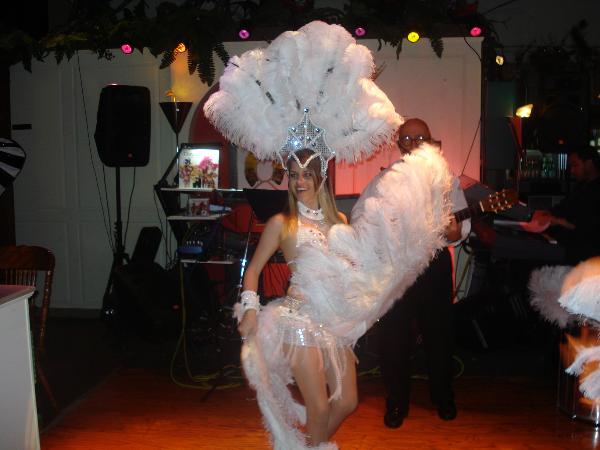

| Brazil Samba Dance |
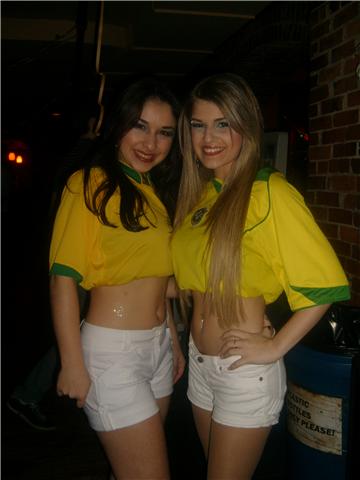

| It is the official Brasiliana dance squad - performances of dance & gogo from the culture of Brazil. The famous dance of Brazil is known as Samba and its roots are from Maxixe. It is a very festive and celebrated performance encouraging a happy and nice vibe. We are offering dance performances and private classes. A set class will be available soon so contact us to stay updated. We can also offer capoeira performances as well. Also we have a live band or deejay who can accompany the performance! |
| SAMBA - as defined by wikipedia (definition is borrowed from the wikipedia and we thank them) |
| Samba is a lively, rhythmical dance of Brazilian origin in 2/4 time danced under the Samba music. However, there are three steps to every bar, making the Samba feel like a 3/4 timed dance. Its origins include the Maxixe. The Samba music rhythm has been danced in Brazil since its inception in the late 19th century. There is actually a set of dances, rather than a single dance, that define the Samba dancing scene in Brazil; thus, no one dance can be claimed with certainty as the "original" Samba style. Another major stream of the Samba dance besides the Brazilian Samba dancing styles is Ballroom Samba which differs significantly. Samba dancing is also popular among young girls. 1 Samba no pé 2 Samba de Gafieira 3 Samba Pagode 4 Samba Axé 5 Samba Reggae 6 Samba-rock 7 Samba de roda 8 See also 9 External links Samba no pé Samba no pé is a solo dance that is most often danced impromptu when samba music is played. The basic movement involves a straight body and a bending of one knee at a time. The feet move very slightly - only a few inches at a time. The rhythm is 2/4, with 3 steps per measure. It can be thought of as a step-ball-change.It can be described calling it and-a-one, and-a-two, then back to one. The basic movement is the same to either side, where one foot moves to the outside lifting up just before the first beat, lifting on the "and-a"and replacing itself on the floor on the one beat (i.e. the right leg moves slightly to the right) and leg is kept straight as a . The other foot moves slightly towards the front, and closer to the first foot. The second leg bends lightly at the knee so that the left side of the hip lowers and the right side appears to move higher. The weight is shifted to this inside foot briefly for the next "and-a", then shifted back to the outside foot on the "two", and the same series of actions is repeated towards the other side. The dance simply follows the beat of the music and can go from average pace to very fast. Men dance with the whole foot on the ground while women, often wearing heels, dance just on the balls of the foot. Professionals may change the steps slightly, taking 4 steps per measure instead of 3, and often add various arm movements depending on the mood of the music. There are also regional forms of the dance in Brazil where the essential steps are the same, but because of a change in the accent of the music people will dance similar movements to the slightly changed accents. For instance, in Bahia the girls tend to dance tilting their legs towards the outside instead of keeping their knees close to each other as in Rio de Janeiro. This is the type of Samba one sees in the Brazilian Carnival parades and in other Samba carnivals over the world. This is also one of the most popular sambas. Samba de Gafieira Samba de Gafieira is a partner dance considerably different than the International Ballroom Samba. It appeared in the 1940s and it gets its name from the Gafieira - popular urban nightclubs of Rio de Janeiro at that time. The dance derived from the Maxixe and followed the arrival of the Choro (another samba musical style). It left most of the Maxixe's Polka elements behind but maintained the entwined leg movements of the Argentine Tango, although adopting a more relaxed posture than the latter. Many see this form of Samba as a combination of Waltz and Tango. Several Brazilian dance studios use elements and techniques from these two dances to teach Samba de Gafieira steps and dance routines. The steps are done on a short-short-long (quick-quick-slow) tempo and the basic step motion goes as follows: step - replace - forward (long) step - replace - backwards (long) From its inception to nowadays the Samba de Gafieira has incorporated many acrobatic movements and has evolved to become today's most complex dancing style of Samba in Brazil. This style is present in dance academies worldwide. Samba Pagode Samba Pagode is another Samba partner dance that resembles the Samba de Gafieira but has less acrobatic movements and tend to be more intimate. It became a dance style after the appearance of the Pagode and it started in the city of São Paulo. Samba Axé Samba Axé is a solo dance that started in 1992 during the Brazilian Carnival season in Bahia when the Axé rhythm replaced the Lambada. For years it became the major type of dance for the North east of Brazil during the holiday months. The dance is completely choreographed and the movements tend to mimic the lyrics. It's a very energetic kind of dance that mixes elements of Samba no pé and aerobics and because of the lyrics, which are made for entertainment, the dance generally has some sort ludic element. Several Axé music groups such as "É o Tchan" have as part of their marketing strategy to always release a choreography together with every one of their songs; therefore, Samba Axé is an ever-changing kind of dance with no commitment to maintaining any formal set of steps or routines (there's actually no such a thing as a basic step in Samba Axé.) Samba Reggae Also originated from Bahia, it's a mix of reggae beats with Samba drums. Very popular in songs by Daniela mercury, who catapulted the rhythm to the world with songs like "Sol da Liberdade" "O Reggae E O Mar" and "Perola Negra". Samba Reggae is the second most popular samba style in Bahia, with followers all over Brazil. Samba-rock Samba rock is a playful form of the samba, and it originates in São Paulo. It is a Latin nightclub dance. Samba rock resembles a bit of samba de gafieira, forró, Zouk-Lambada and Salsa. It noticeably has quite a lot in common with the Cuban salsa[citation needed]. Samba de roda Performed by many capoeira groups; samba de roda is a traditional Afro-Brazilian dance that has been associated with capoeira for many years. The orchestra is composed of pandeiro, atabaque, berimbau-viola (a berimbau with the smallest cabaça and the highest pitch), chocalho (rattle - a percussion instrument), accompanied by singing and clapping. |
CONTACT TONY @ 604.862.7179 or email ChangsterDJ.com@gmail.com

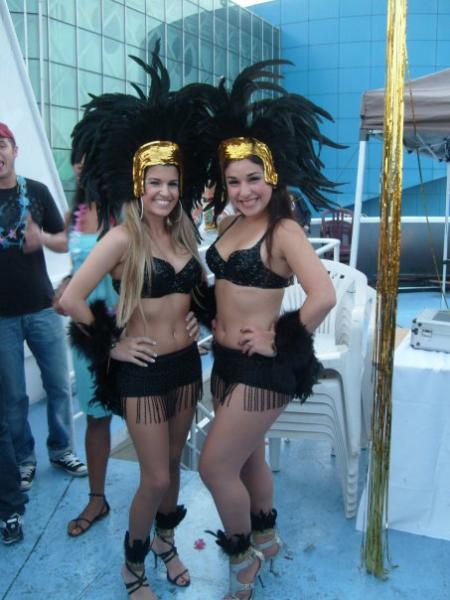
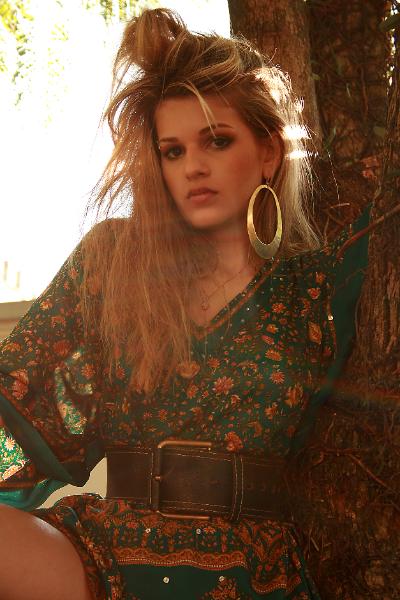

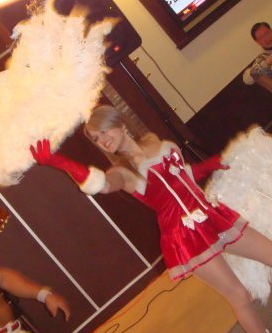
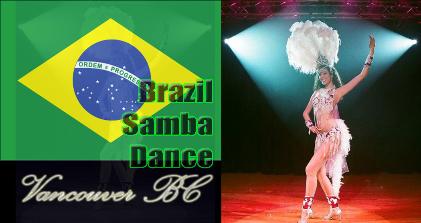
| ... |


